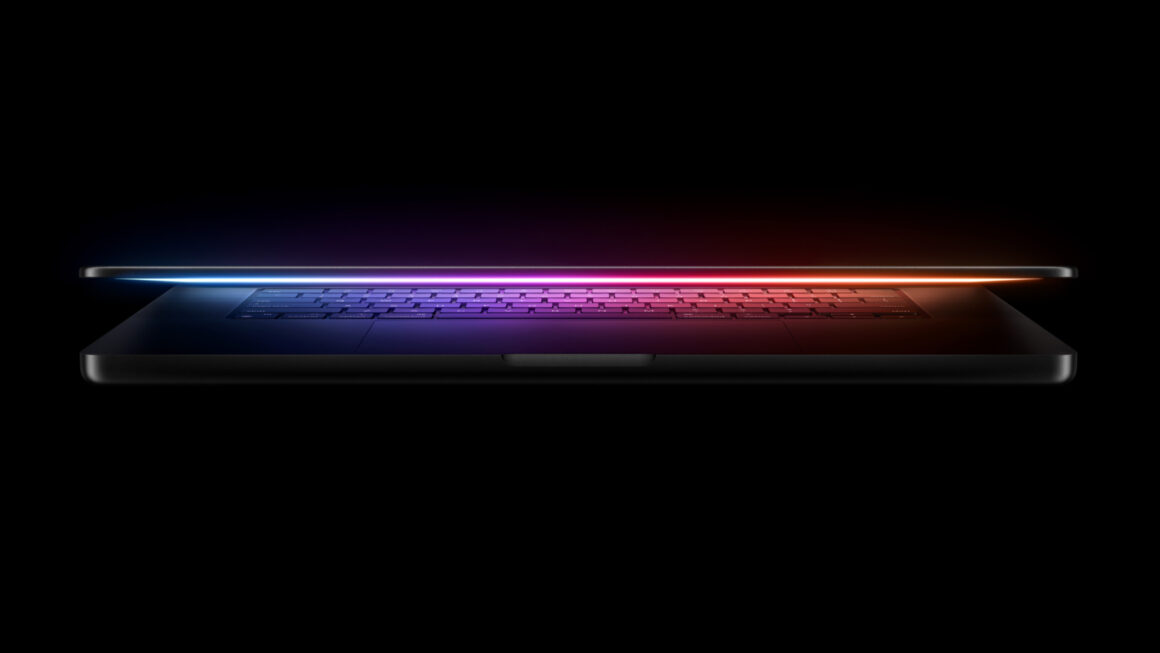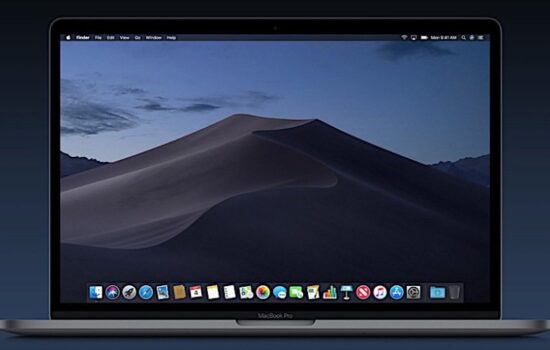The M4 family of MacBook Pros has been out for just a week, and the displays on those machines received a few solid improvements according to Apple.
- The Liquid Retina XDR displays can go up to 1,000 nits of brightness for viewing SDR content outdoors.
- They can also go as low as 1 nit of brightness to maximum comfort when working in the darkest environments.
- They also have the all-new nano-texture option that’s found in the iMac (4-port), Studio Display, and Pro Display XDR.
However, there was one small, yet possibly important detail that Apple did not state in its announcement. According to reputable display analyst Ross Young, who has been correct on display specs for upcoming products like the iPhone 16 Pro, the latest MacBook Pros now use the more advanced quantum display technology that’s been abundantly found in QLED monitors and televisions as more premium options from several manufacturers such as Samsung and Sony. This display technology yields more vibrancy and improved color accuracy.
The reason that Apple did not opt for quantum dot film is that it previously contained cadmium, which is a toxic element like mercury and lead. Since Apple has been reputable for making its products environmentally friendly and toxic-free (especially when Apple has been aiming to reach its goal to be carbon-neutral by 2030 with the M4 Mac mini as Apple’s first carbon-neutral Mac), Apple rejected quantum dot and instead opted for the toxic-free and less expensive red KSF phosphor film, which enhanced shades of red to boost overall color vibrancy.
As a matter of fact, when Apple introduced the first 21.5-inch iMac with Retina 4K display back in October 2015, a year after the introduction of the first 27-inch iMac with Retina 5K display, Apple stated in an interview that the company had considered quantum dot technology for its LED displays, but it rejected that technology for the reason above.
Now that the cadmium requirement has been lifted, there have been several cadmium-free quantum dot options that offer color accuracy that are just as good as Apple’s prior KSF film (if not better).
So technically, the latest MacBook Pro lineup now uses QLEDs, or I’d like to informally call them “Liquid Retina QXDR” displays and those displays have been able to support up to one billion colors. If you truly prefer a killer display, there’s no better time to get the M4 MacBook Pro as you’re getting even more bang for your buck for all the features you’re paying for, especially for the base model.
With Black Friday coming soon, we can expect several sales on those models, so keep your eyes peeled for some amazing deals by following us on X.








